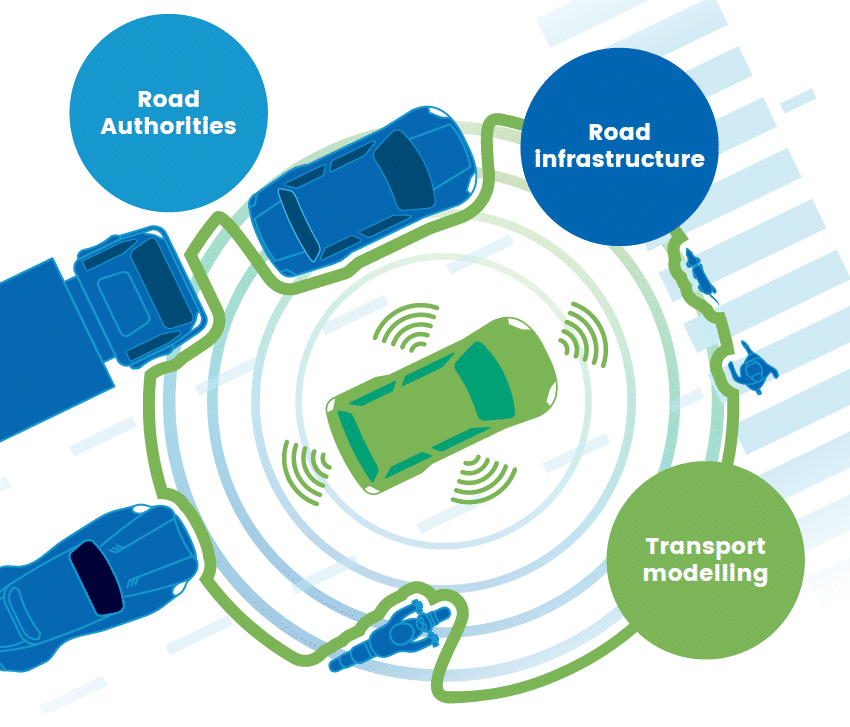CoExist project hosts successful online final event
CoEXist has built automation-ready planning tools and assessed the potential impacts of deploying connected and automated vehicles (CAVs) in different transport scenarios. Various traffic situations were assessed, like drop-off areas around city centres, the transition from highways to urban roads, roundabouts or shared spaces in city centers. Polis members Stuttgart, Gothenburg and Helmond were joined by Milton Keynes for this three-year project, whose main results were shared on an online event on 25-26 March. The final event, which should have taken place in Milton Keynes, was held online due to COVID-19.
The CoEXist experts from the participating cities highlighted the need for municipalities to actively plan the transition phase from normal cars towards scenarios where roads are shared by CAVs and human drivers. Results of the tests in all four cities showed a worsening of travel delay following the initial introduction of CAVs. Lower level CAVs hinder the traffic flow, but once higher level CAVs start to be widely used, average travel times improved, even in comparison to the baseline model without automated vehicles.
Polis member Stuttgart analysed the opportunities for CAVs to possibly reduce the overall number of vehicles, if CAVs can be used for ridesharing, which is integrated into public transport. The predictions of the traffic models show that the use of ridesharing in areas of low demand or for the last mile can reduce the number of vehicles by 25%.
Overall, CoExist has challenged pre-conceived expectations concerning CAVs, promoted the topic among European cities and provided several policy recommendations. One of the main conclusions drawn by CoExist is that authorities should look at planning for CAVs as an element, which require proactive action to tackle the challenges of conducting planning processes towards CAV deployment.



